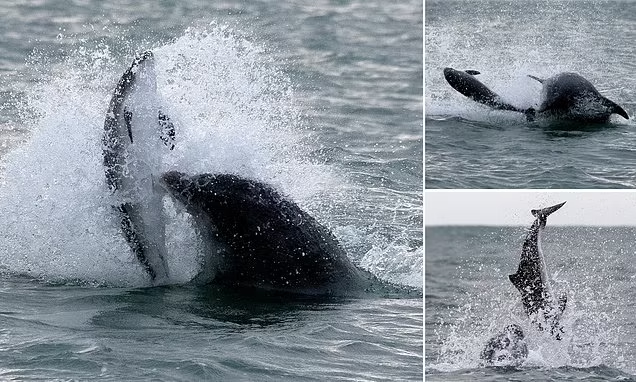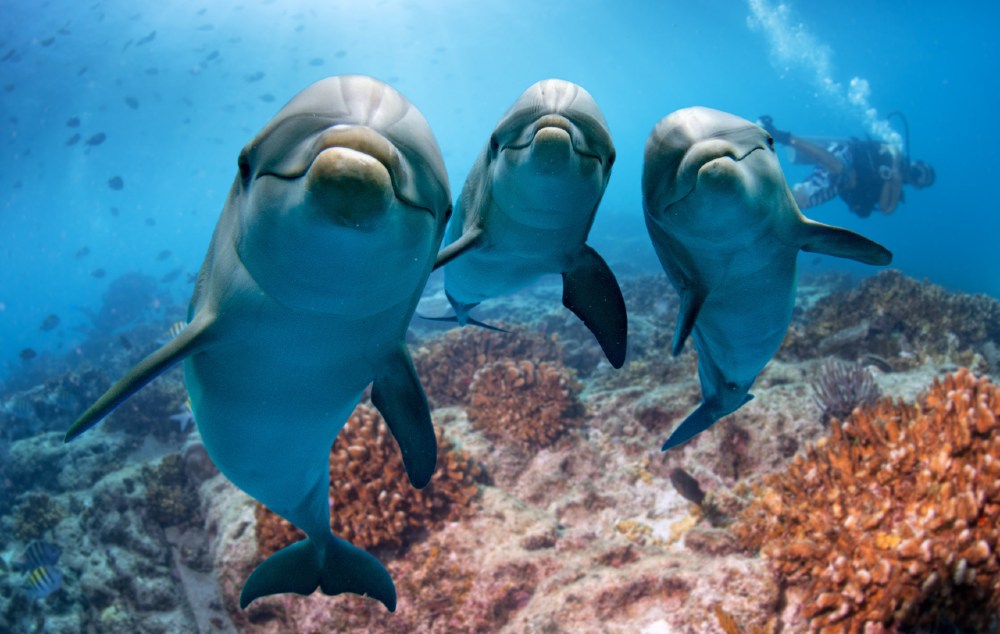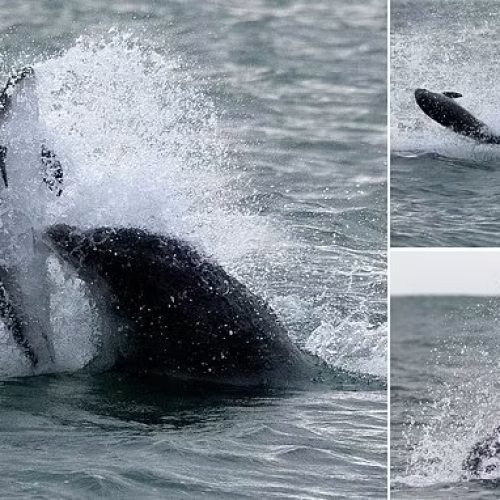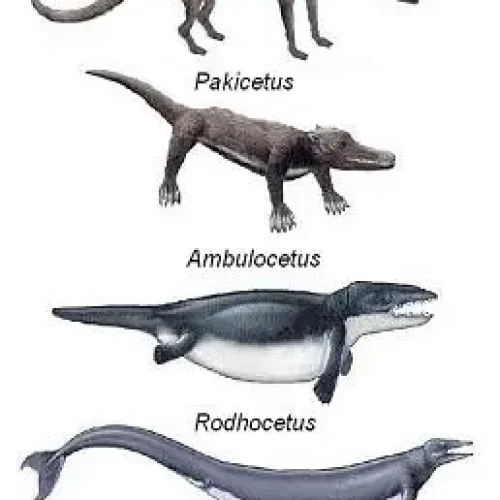Have you ever watched dolphins playfully leaping out of the water and wondered, are they actually happy?
These intelligent marine mammals are well known for their friendly appearance and apparent permanent grins. But looks can be deceiving.
While we may anthropomorphize dolphins and assume they experience happiness similarly to humans, the reality is more complex. Like us, dolphins exhibit a range of emotions and behaviors that provide clues about their emotional state. Let’s dive in and explore the signs and science behind understanding dolphin happiness.
In this article
BODY LANGUAGE AND BEHAVIOR: KEY INDICATORS OF DOLPHIN HAPPINESS
Dolphins, these fascinating marine creatures, express their joy and well-being through a multitude of behaviors. Their playful and energetic swimming is one of the most obvious signs of their happiness.
When they leap out of the water with grace and power, it’s a true spectacle that demonstrates their vitality.
Dolphins also love to play with waves and various objects, showcasing their mischievous side. “Spy hopping,” the curious behavior where they vertically emerge their head out of the water to observe their surroundings, reveals their inquisitive nature.
Moreover, a relaxed posture and smooth movements are markers of their serenity.
You may also Like – Do dolphins call each other names? The Secret Language of Dolphins Revealed
VOCALIZATIONS AND COMMUNICATION: THE LANGUAGE OF HAPPINESS
Beyond body language, dolphin vocalizations provide genuine windows into their emotional state. Their characteristic whistles and clicks reflect their sociability.
During playtime, excited chirps and squeals can be heard, leading researchers to ask: do dolphins have a sense of humor?
While it’s challenging to definitively answer whether do dolphins laugh in the same way humans do, these joyful sounds certainly suggest a capacity for mirth and playfulness.
Synchronized vocalizations within the pod demonstrate their cohesion and complicity.
Dolphins are also known for their ability to mimic and learn new sounds, testifying to their intelligence and adaptability.
Lastly, positive interactions with humans, to which they respond favorably, can also contribute to their overall well-being and potentially their sense of fun.
You may also Like – How intelligent are dolphins?
SOCIAL INTERACTIONS AND BONDING
One of the clearest indicators of a happy dolphin is their social behavior within the pod. These highly social creatures thrive on close-knit relationships with their fellow dolphins. When a dolphin is content, you’ll often see them:
– Swimming in close proximity to pod members
– Engaging in gentle touching and rubbing against each other
– Cooperatively hunting and sharing food
– Nurturing and fiercely protecting their young calves
– Forming strong, lasting friendships and alliances
According to a study published in the journal Frontiers in Psychology, dolphins that engage in more social behaviors and have strong bonds with pod mates exhibit lower stress levels and better overall health.
So when you spot a pod of dolphins gracefully gliding together and affectionately interacting, it’s a good sign they’re in high spirits.
You may also Like – Dolphins, Therapists of the Sea: Does Their Empathy Surpass Humans?
PHYSICAL HEALTH AND APPEARANCE
A dolphin’s physical appearance can also provide clues to their emotional state. Happy, healthy dolphins typically showcase:
– Smooth, shiny skin without blemishes or lesions
– Clear, bright eyes free of discharge or cloudiness
– A hearty appetite and regular eating patterns
– Normal breathing and unobstructed blowhole function
– An absence of injuries, scars, or attached parasites
The Whale and Dolphin Conservation Society (WDC) emphasizes that poor skin condition, labored breathing, and visible wounds can indicate an unhappy or unhealthy dolphin.
By looking for the physical hallmarks of health, we can gain insight into a dolphin’s overall well-being and contentment.
You may also Like – Do dolphins have a sense of humor?
RESPONSE TO POSITIVE STIMULI
Dolphins are curious, intelligent creatures that thrive on mental stimulation and positive interactions. A happy dolphin will often display:
– Eagerness to interact with trusted trainers and caregivers
– Enthusiasm for learning new tricks and behaviors
– Positive responses to rewards and reinforcement
– Enjoyment of toys, puzzles, and enrichment activities
– A relaxed demeanor during medical check-ups and procedures
The American Cetacean Society notes that dolphins in human care who are provided with ample opportunities for play, learning, and socialization tend to exhibit more signs of contentment.
By engaging a dolphin’s mind and providing a stimulating environment, we can promote their happiness and well-being.
Finally, recognizing a happy dolphin involves observing their social interactions, physical appearance, and response to positive stimuli.
By understanding these key indicators, we can better appreciate and ensure the well-being of these remarkable marine mammals.
So the next time you have the opportunity to observe dolphins in their natural habitat or a responsibly managed captive setting, look for the signs of a content cetacean – you might just find yourself smiling along with them.








